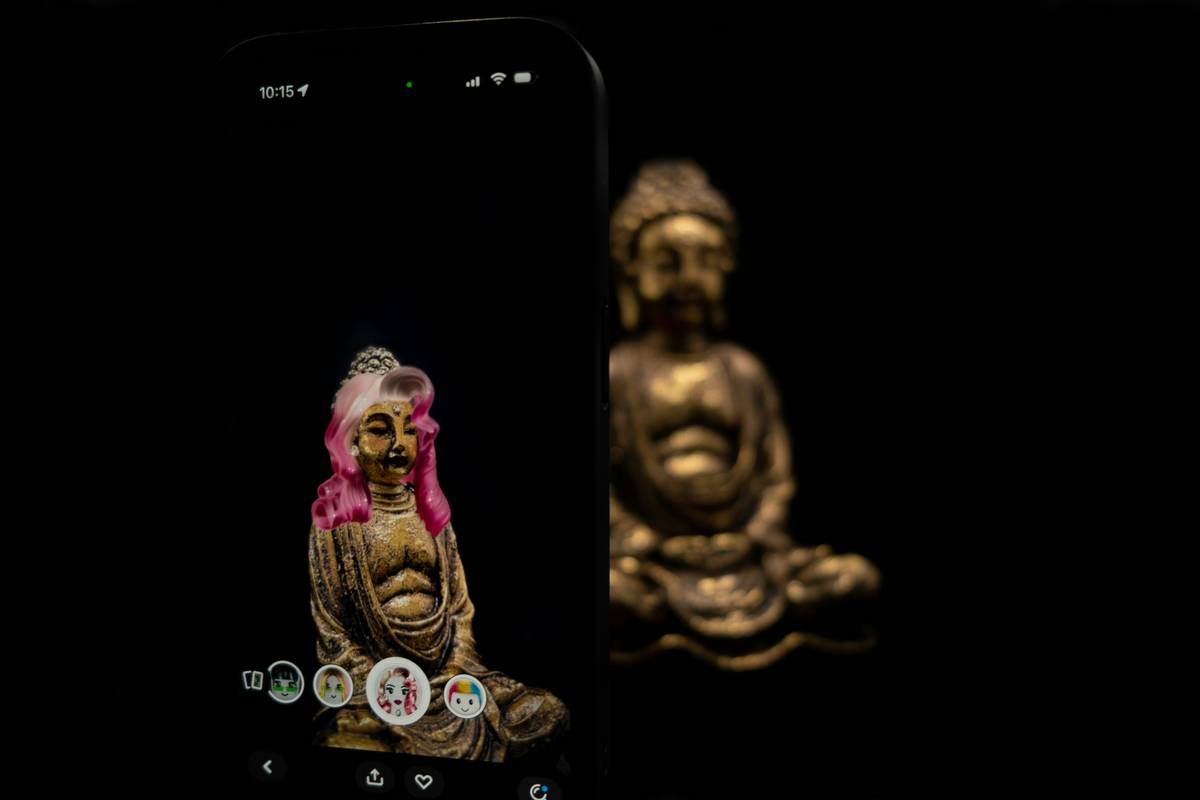Ever felt your chest tighten mid-presentation, heart racing like it’s trying to win a sprint? You’re not alone. In fact, studies show that over 77% of people experience physical symptoms caused by stress daily. But here’s some good news: slow breathing exercises can help you regain control—and apps make it easier than ever to start.
In this post, we’ll dive into how to use slow breathing as an effective tool for mental wellness and explore the best stress management apps on the market today. By the end, you’ll have everything you need to create your own personalized slow breathing guide, complete with actionable tips and expert advice.
Here’s what you’ll discover:
- The science behind why slow breathing works wonders.
- A step-by-step framework for mastering slow breathing techniques.
- Top app recommendations and how they stack up against each other.
- Real-life examples proving their effectiveness.
Table of Contents
- Key Takeaways
- Why Slow Breathing Matters
- Your Step-by-Step Slow Breathing Guide
- Tips for Maximizing Your Practice
- Success Stories & Stress-Busting App Showdown
- Frequently Asked Questions
- Conclusion
Key Takeaways
- Slow breathing activates the parasympathetic nervous system, helping reduce stress naturally.
- Apps provide guided sessions, reminders, and progress tracking for consistency.
- Consistency beats perfection—just 5 minutes a day makes a difference.
- Not all apps are created equal; pick one aligned with your style and goals.
Why Slow Breathing Matters

Breathe in…breathe out. Sounds simple, right? Yet, so many of us overlook its power. I remember once hyperventilating during a stressful work meeting (true story). My manager glanced at me awkwardly before handing me a paper bag—I was literally acting like a sitcom character. That’s when I realized I needed better tools.
The truth is, shallow breathing keeps our bodies stuck in “fight or flight” mode. When we breathe slowly, though, we activate the parasympathetic nervous system—the body’s ultimate chill pill. This reduces cortisol levels, lowers blood pressure, and even boosts focus. It’s chef’s kiss for drowning anxiety.
But let’s be honest—it’s hard to practice mindfulness without guidance. That’s where stress management apps swoop in to save the day. They offer audio cues, animations, and biofeedback features to keep you on track.
Your Step-by-Step Slow Breathing Guide

Optimist Me:* “Just follow these easy steps!”
Grumpy Me: “Fine… but only if coffee’s involved.”
Step 1: Find Your Space
Create a distraction-free zone. Whether it’s your bedroom corner or office desk, quiet matters. Don’t bother lying down—you might fall asleep (which… isn’t always bad).
Step 2: Choose a Timer
Set a timer for 5-10 minutes. Start small. No need to go full yogi-monk mode yet. Pro tip: Apps like Calm and Headspace include preset timers tailored for breathing exercises.
Step 3: Breathe Deeply Through Your Nose
Inhale deeply through your nose for 4 seconds. Hold for another 4. Then exhale slowly through your mouth for 6 seconds. Repeat. Pretend there’s a candle in front of you—you don’t want to blow it out too fast.
Step 4: Use Feedback from Apps (Optional)
Stress management apps often come with nifty extras. For example, CalmerChoice tracks your breath rate while MyCalmBeat offers real-time biofeedback. If tech thrills you, lean into these gadgets.
Tips for Maximizing Your Practice
- Morning Routine > Evening Ritual: Morning sessions prep your brain for the day ahead.
- Pair with Mindfulness Techniques: Combine deep breathing with gratitude journaling or meditation.
- Stay Consistent Over Perfect: Missing a few days won’t ruin results. The key is building habits.
- Avoid Multi-Tasking: Leave your phone aside unless it’s playing your chosen app’s audio.
- TERRIBLE TIP ALERT: Do NOT force overly long holds. Hyperventilation is no joke.
Success Stories & Stress-Busting App Showdown

Rant Time: Why do most free trials last exactly seven days?! It’s just enough time to get hooked without truly mastering anything. Ugh.
Now, onto the good stuff:
- Calm: Best for beginners due to guided narrations and gentle reminders.
- Headspace: Ideal for multitaskers who prefer short bursts throughout the day.
- Oura Ring: Tracks your sleep patterns alongside breathwork stats—a double whammy!
Frequently Asked Questions
Is slow breathing scientifically proven?
Absolutely! Studies confirm that regular slow breathing lowers cortisol levels significantly.
What happens if I mess up the timing?
No biggie. Just recalibrate and continue. Progress > Perfection.
Can kids benefit from slow breathing guides?
Yes, absolutely. Many apps now offer kid-friendly content to teach young ones calming techniques.
Conclusion
Inhale calm, exhale chaos. With this slow breathing guide, coupled with smart stress management apps, you’re equipped to tackle everyday anxieties head-on. Remember, consistency trumps perfection—just 5 mindful minutes daily can transform your life.
Like a Tamagotchi, your mental health needs daily care. So keep nurturing it. Peace out.
Breath in, hold tight,
Release the panic, feel the light.
Repeat till skies clear.


